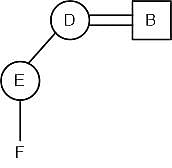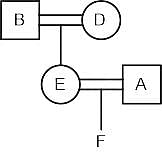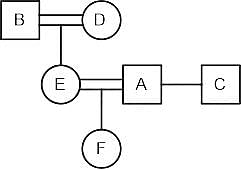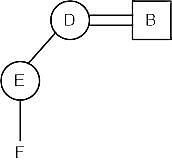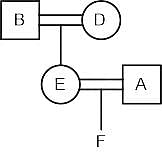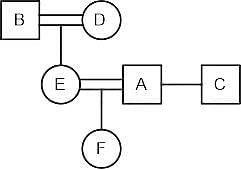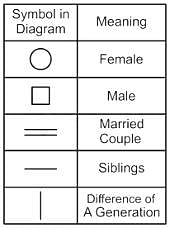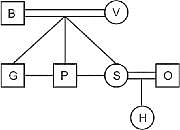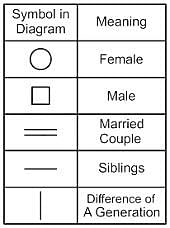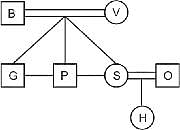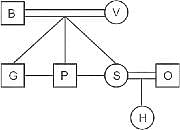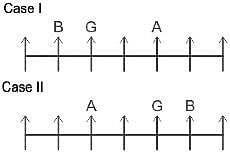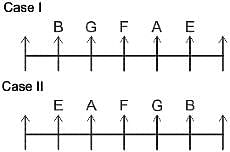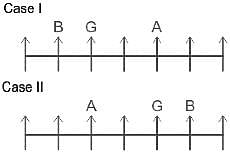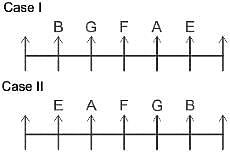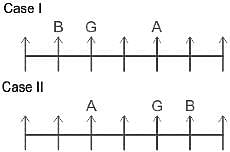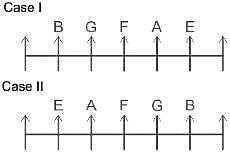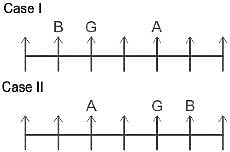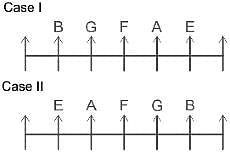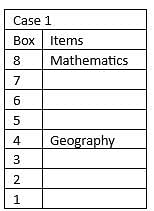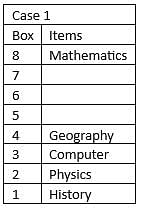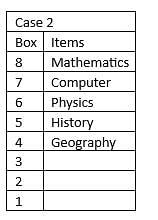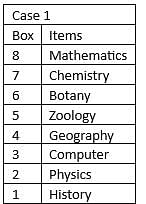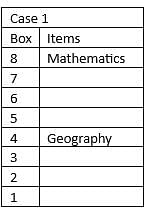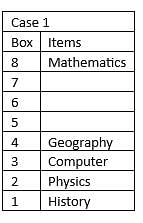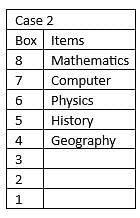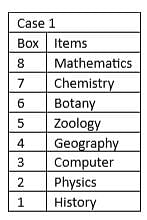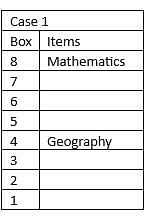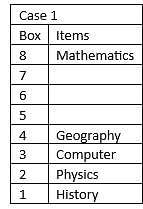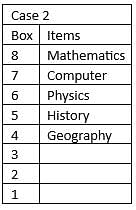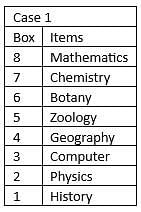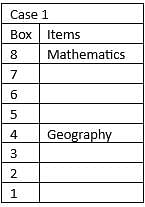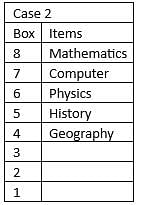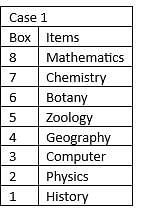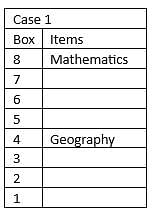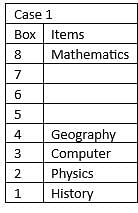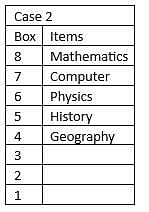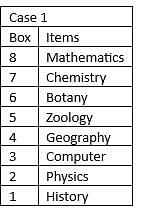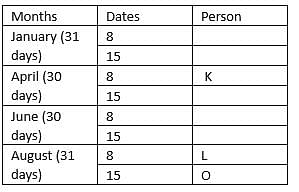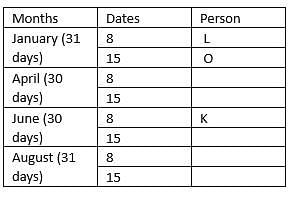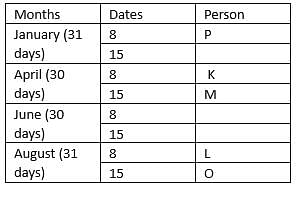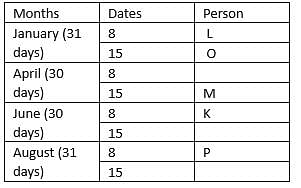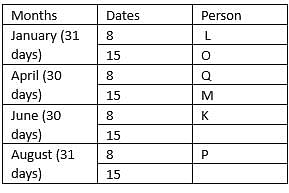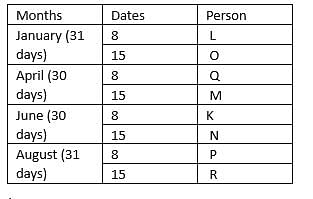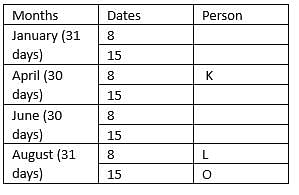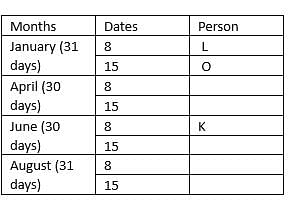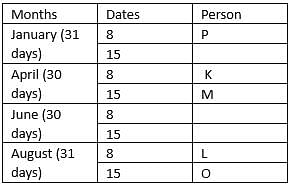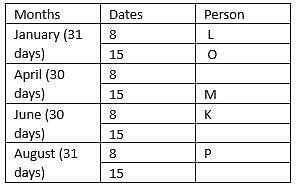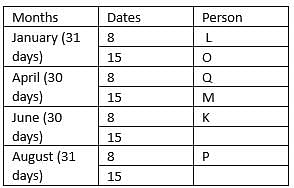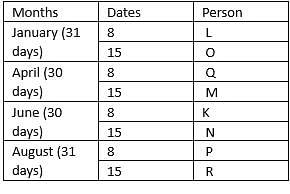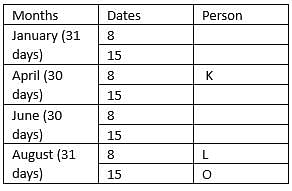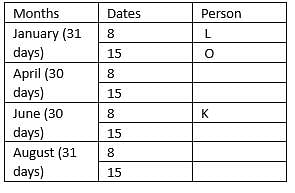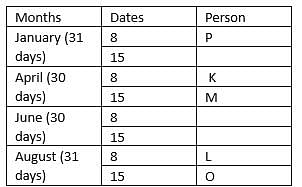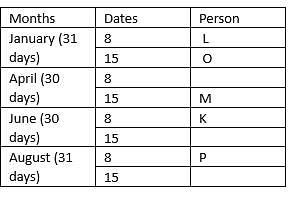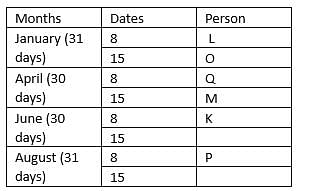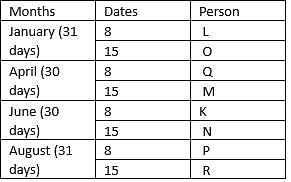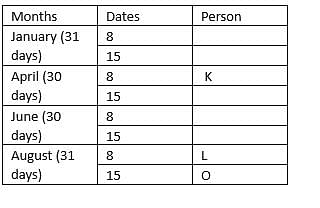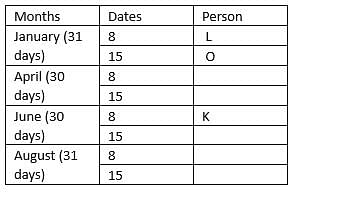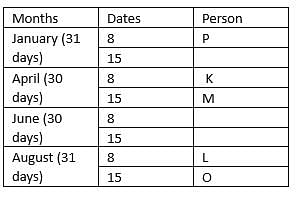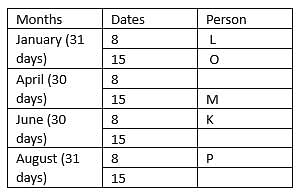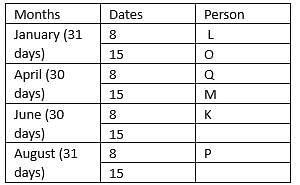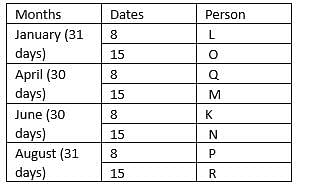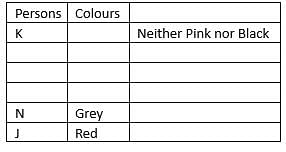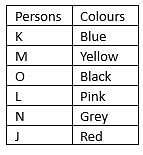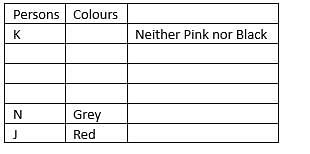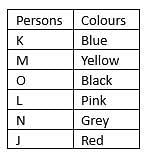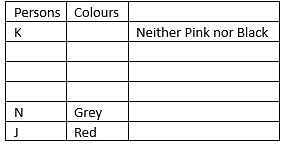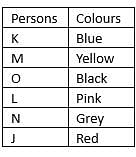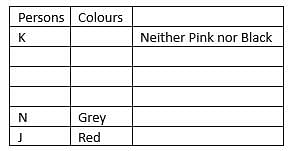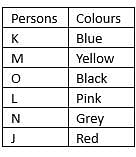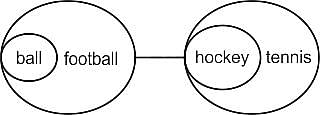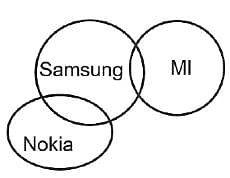Reasoning Ability Test - 3 - Bank Exams MCQ
30 Questions MCQ Test IBPS RRB Clerk Mock Test Series & Past Year Papers 2025 - Reasoning Ability Test - 3
Four out of five options belong to group. Find the option which does not belong to the group.
Directions: In the following question assuming the given statements to be true, find which of the conclusion among given conclusions is/are definitely true and then give your answers accordingly.
Statements: C > D ≥ T, A = M ≥ R, D = K < M < E
Conclusions:
I. E ≥ R
II. C ≥ R
If C is related to A and E is related to F in a certain way, then, who among the following is related to D?
Directions: In the following question assuming the given statements to be true, find which of the conclusion(s) among given conclusions is/are definitely true and then give your answers accordingly.
Statement:
C > H ≥ K = Y > F ≤ J
Conclusions:
I. C < F
II. H ≥ J
Directions: In the following question assuming the given statements to be true, find which of the conclusion(s) among given conclusions is/are definitely true and then give your answers accordingly.
Statement:
H ≤ A > N = Y < S = D
Conclusions:
I. D > A
II. A > S
Which of the following book is kept at the bottom most box?
How many boxes are there between the box on which Chemistry is kept and the box on which Geography is kept?
The number of boxes above the box on which Botany is kept is the same as the number of boxes below the box on which __________ is kept?
Four among the five are the same in a certain way which among the following does not belong to that group?
Who among the following doesn’t deliver the lecture in the month having 30 days ?
If we arrange the persons according to the English alphabetical order from top to bottom then how many persons does not change their position?
Who buys shirt immediately after the one who buys Black shirt?
Direction: In the question below are given three statements followed by two conclusions numbered I, and II .You have to take the given statements to be true even if they seem to be at variance with commonly known facts. Read all the conclusions and then decide which of the given conclusions logically follows from the given statements disregarding commonly known facts.
Statements
All Ball are Football
No Football is Hockey
All Hockey are Tennis
Conclusions
I. All Ball being Tennis is a possibility
II. Some Tennis are Football
Directions: In the following question assuming the given statements to be true, find which of the conclusion among given conclusions is/are definitely true and then give your answers accordingly.
Statements:
F ≤ D; A < B = C; D ≤ E < C
Conclusions:
I. E > F
II. E = F
Directions: In each of the questions below are given two statements followed by two conclusions numbered I and II. You have to take the given statements to be true even if they seem to be at variance from commonly known facts. Read all the conclusions and then decide which of the given conclusions logically follows from the given statements disregarding commonly known facts.
Statements:
Only a few Samsung is MI.
Some Samsung is Nokia.
Conclusions:
I. All Samsung is MI.
II. Some Samsung are MI.
|
31 docs|49 tests
|
|
31 docs|49 tests
|


